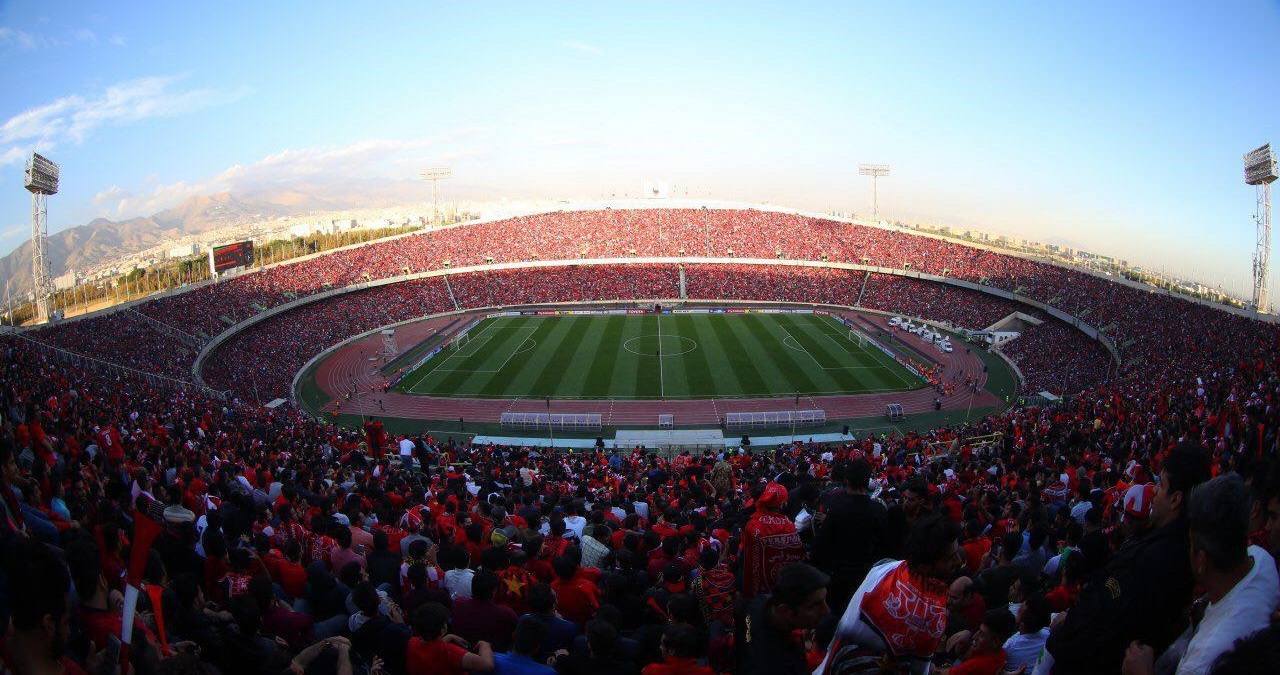The larget studium 2030 FIFA world cup

The design for the Grand Stade Hassan II in Morocco, one of the potential venues for the 2030 FIFA World Cup final, has been revealed.
With a planned capacity of 115,000, it aspires to be the largest football stadium in the world.
Situated on a 247-acre site in El Mansouria, near Casablanca, the stadium is a fusion of Moroccan cultural heritage and modern architecture, featuring an aluminum lattice, tiered gardens, and a botanical garden on the ground floor.

Designed by Oualolou + Choi and Populous, it will meet all FIFA standards. However, the final match location remains undecided, with Spain’s newly renovated Estadio Santiago Bernabéu also being considered.
7 Reasons Why Morocco Could Host the 2030 World Cup
1.Strategic Location : Morocco’s position as a gateway between Europe and Africa provides easy access for global fans.
2.Hosting Experience : Morocco has successfully hosted major events like the FIFA Club World Cup and Africa Cup of Nations.
3.Advanced Infrastructure : The new Grand Stade Hassan II and other stadiums meet FIFA’s top standards.
4.Cultural Appeal : Morocco’s rich culture offers a unique experience for visitors.
5.Government Support : Strong backing and investment from the Moroccan government enhance the bid’s viability.
6.Football Passion : Morocco’s deep football culture and strong fan base make it an ideal host.
7.Sustainability : Morocco’s focus on eco-friendly practices aligns with FIFA’s sustainability goals.
